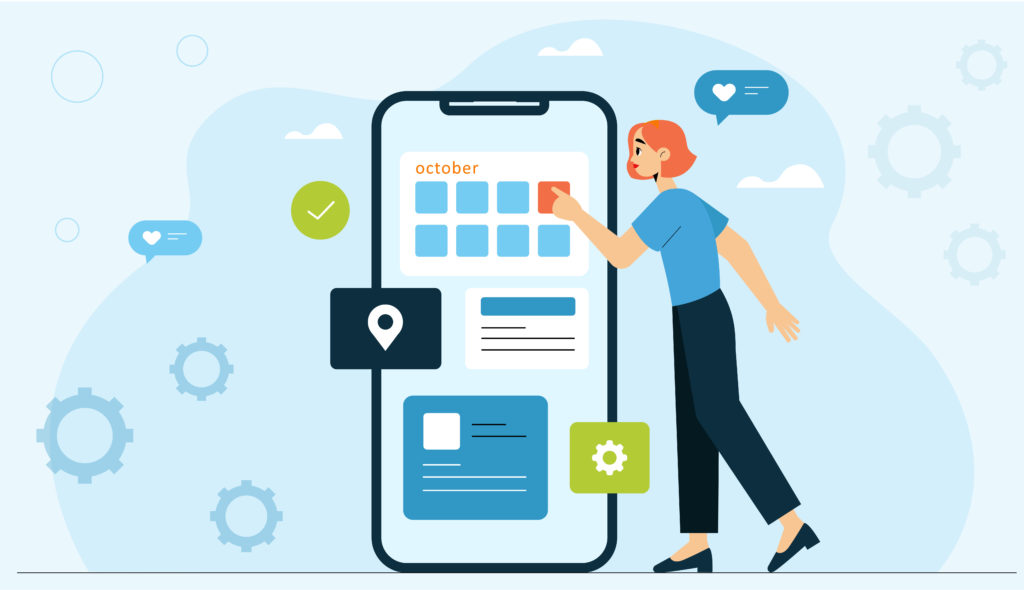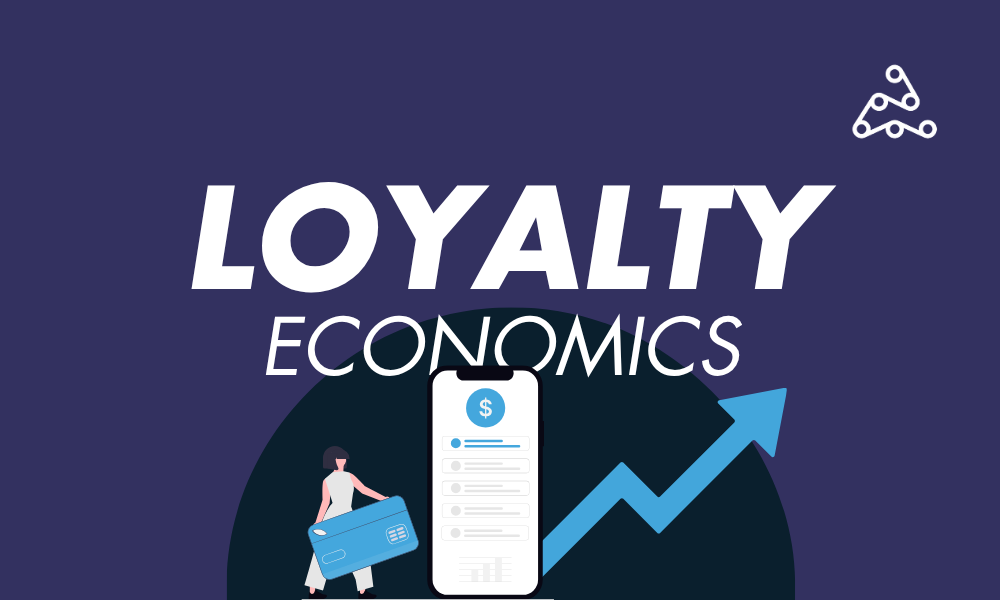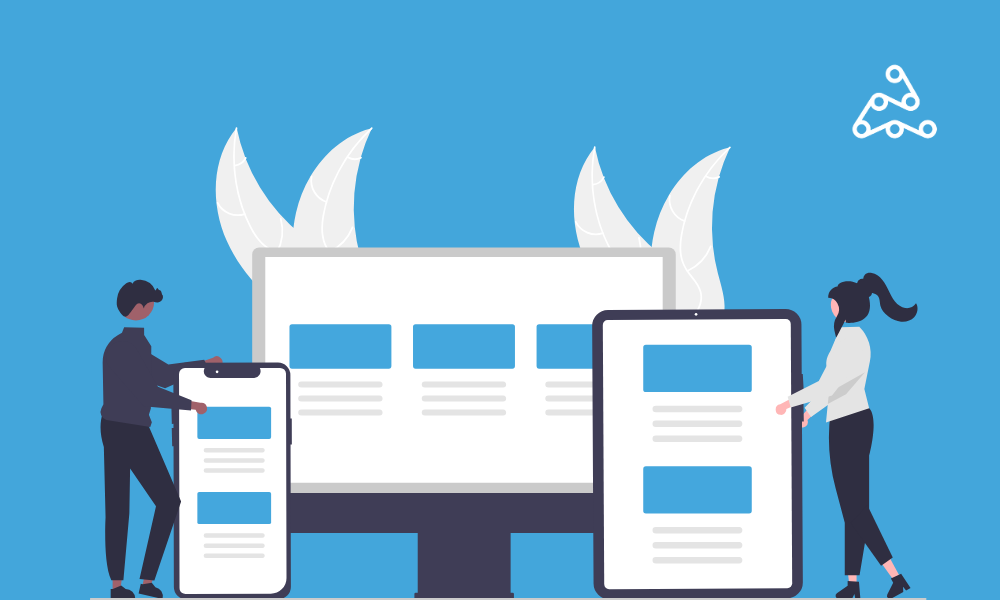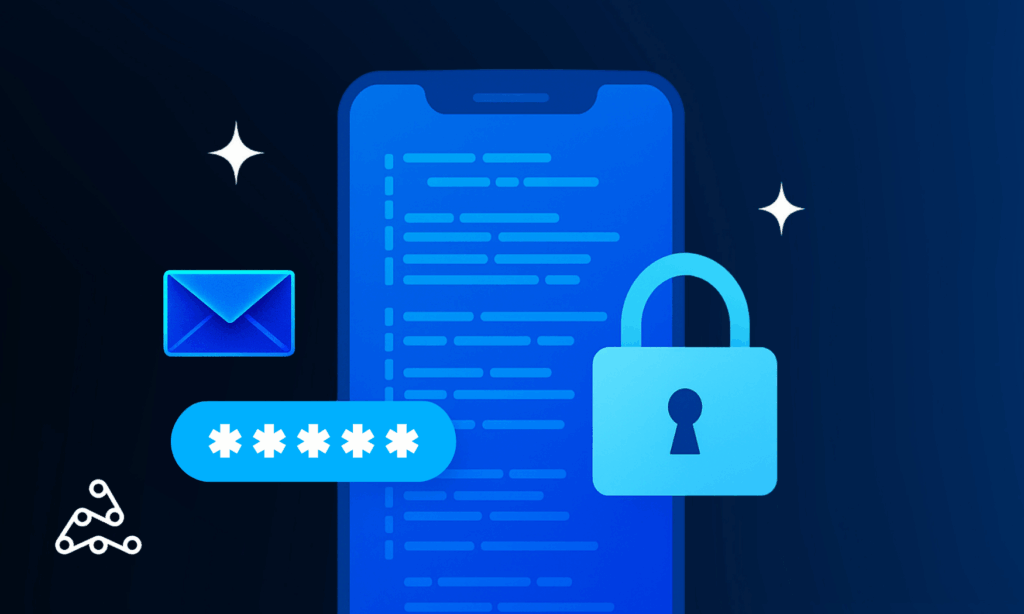User acquisition (UA) managers know that acquisition is only the first step in mobile app marketing. Users don’t provide true value unless you retain them, and that can be tricky. Competition for attention is fierce, so you‘ll need ways to drive engagement, and CPE (cost per engagement) campaigns are often the magic piece of the puzzle.
We’ve pulled insights from our team of experts and some examples to share with you as you work on new strategies to retain and derive revenue from your users.
What is Cost Per Engagement Advertising?
First, let’s define CPE models.
Here’s how they work: you only pay when users complete a desired event within the app.
CPE is a performance-based model. You don’t incur costs unless the user does something you want them to do. It’s a low-risk way to generate greater engagement, and it’s a model that you can use to test lots of options. The best CPE campaign differs with every app; that’s why it’s important to work with an advertising partner that knows what will generate the highest ROI for your app.
CPEs are a type of reward advertising. The interaction occurs within the app, typically via an offerwall. Offerwalls are user-initiated ad units that provide your users the chance to complete events and receive a reward (i.e., in-game currency, new features, etc.).
What In-App Engagements Are Good for CPE Campaigns?
An engagement or event is an action that the user takes post-download. The types of events you use in your model depend on the app category and what you consider milestones. Milestones are actions that, when a user takes them, translate to them staying in-app longer and offering greater customer lifetime value (LTV).
Some examples include:
- Reaching a certain level in a game.
- Registering for an account within the app.
- Completing an in-app tutorial, onboarding, or demo.
- Creating an avatar
Why Use CPE Campaigns?
As noted above, they are performance-based, so that’s the primary reason they are so popular. Additionally, it lets your user have control of the experience. They choose to engage with your offers and receive an award for completing them. There’s no pressure or a bombardment of ads.
How CPE Advertising Drives Engagement
The critical element to CPEs is that they need to align with a customer journey that translates to engagement. Engagement in this sense means the person is a regular user and delivers some value to you in terms of revenue. The revenue model depends on how you make money—subscriptions, in-app purchases, or monetization.
When users complete a CPE event, they are moving down your internal funnel. They are in your world, so to speak, and have stronger loyalty to keep returning.
Examples of Successful Cost Per Engagement Campaigns
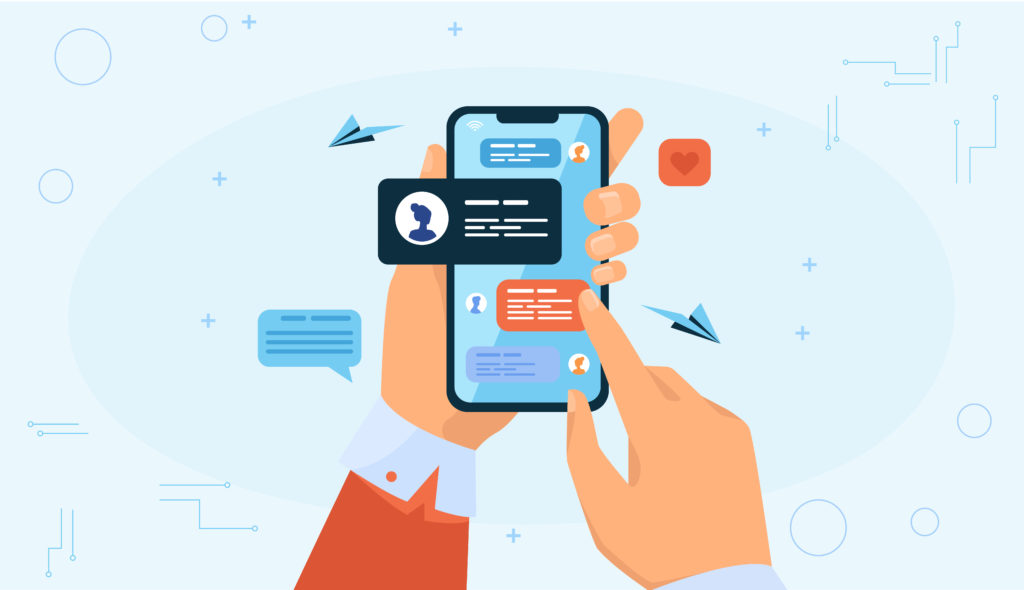
There are three tiers of CPE campaigns that we execute—top, mid, and deep funnel. When you launch them depends on the time period post download.
Top Funnel CPE
These CPEs occur at the start of the user’s journey. It’s your first opportunity to hook them and get them involved with the app.
Examples
- We use these with several of our streaming clients. For example, the top funnel CPE could be to stream their first podcast or create a playlist. This cultivates engagement because they immediately begin to use the app and see its value.
- For utility apps, a top funnel CPE that’s popular is to complete a tutorial. By completing this, they know how to use the app, which improves adoption.
Mid Funnel CPEs
These CPEs engage users within the first 24 to 72 hours after download. They continue to build on this foundation of familiarity with the app and retention.
Examples
- For financial apps, a mid-funnel CPE usually involves creating an account and linking a banking account. After someone does this, they aren’t likely going to walk away!
- We recommend these to Strategy/RPG apps to reach a low level on the game. The deeper they get into the story, the more likely they are to keep playing.
Deep Funnel CPEs
You can serve a deep funnel CPE in as little as 24 hours and beyond. Users need to spend some time in the app before they see these. What that time span looks like will depend on your data and your network provider’s recommendations. Featured placements on offerwalls are often a vehicle for these. The goal is quality, not quantity.
Examples
- Pitching a subscription is one option for deep funnel CPEs. It’s ideal for those apps that focus on paying subscribers as their revenue model. When presented on an offerwall, the reward may be a discount or one month free that they’ll receive when they subscribe.
- Another use case for these is high levels for gaming. Our Social Casino app customers have found success with these when targeting long-term, highly engaged players.
Turn Up Engagement with CPEs, Advertise Your App With AdAction
Getting the best return from CPEs is critical to ensure positive ROAS, which we want for every client. We’ve perfected the CPE funnel and have offerwalls with unique features other providers don’t have. You can test different rewards, update content regularly, launch monthly promotions, and use multiple placements!
You can learn more about offerwalls by downloading our guide, Everything App Marketers and Publishers Need to Know About Offerwalls.
